Lead exposure is a big problem that may impact anyone, from families living in old homes to people working in factories. Lead detection equipment is more important than ever as we learn more about the dangers to the environment. These gadgets are very important for keeping us healthy and safe.
Picture coming home or going to work and knowing that you are safe from threats that you can’t see. Lead detection equipment does exactly that: it helps you find dangerous levels of lead before they become a problem. You can make sure you and people around you are safe by learning about the different types and why regular testing is so vital.
Let’s take a closer look at what lead detection equipment is and how it may help you make places safer.
Different kinds of lead detection tools
There are several sorts of Lead Detection Equipment for finding lead, and each one is made for a distinct purpose. X-ray fluorescence (XRF) analysers are very common. They provide you results right away and can look at more than one surface without hurting it.
Lead testing kits are another choice. These kits usually come with wipes or swabs that can find lead in paint or dust samples. They’re easy to use and great for people who like to do things themselves and want immediate feedback on their home.
Portable lead test instruments are a good option for people who care about water safety. These instruments make it easy for people to assess the quality of their drinking water.
For thorough evaluations, laboratory analysis is still a good option. Samples provided to specialised labs give specific information on the amounts of lead in different products, making sure that safety checks are done thoroughly in homes and workplaces.
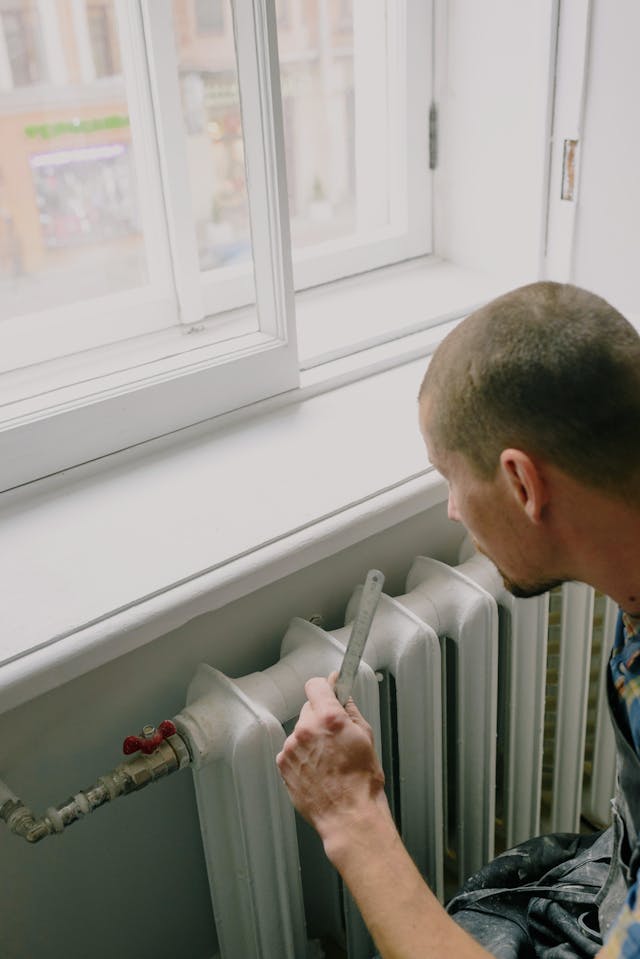
Why You Should Test for Lead on a Regular Basis
It is very important to test for lead on a regular basis to keep the area safe. Lead exposure can be very bad for your health, especially for kids and pregnant women. You can find possible hazards before they become big problems by testing homes and workplaces often.
People typically don’t notice when lead is around. This harmful compound can be found in old paint, plumbing fittings, and even dirt. Regular checkups help find these hidden hazards before they become serious.
Testing for lead before you buy a home not only protects your health but also raises the value of your house. Buyers or renters are more interested in homes that don’t have lead in them.
Also, keeping up with lead levels helps make communities safer. When people put regular testing first, it makes others want to do the same, which makes living environments healthier for everyone.
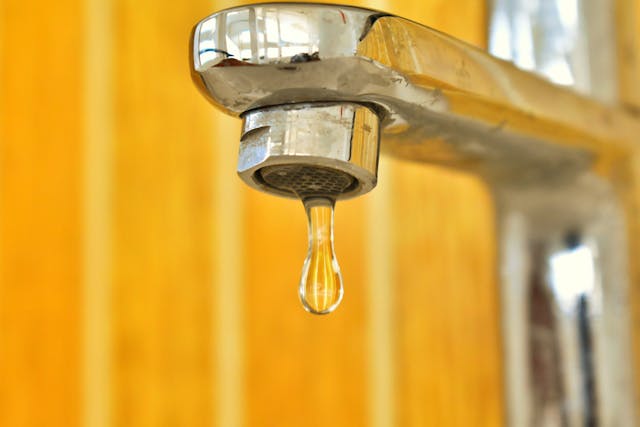
How to Pick the Best Lead Detection Tools for Your Needs
To keep homes and workplaces safe, it’s very important to choose the correct lead detecting equipment. To begin, think about what you need. Think about things like the size of the area you need to test, whether it’s a home or a business, and any specific concerns you have about being exposed to lead.
Spend some time looking into the many kinds of equipment that are out there. Some gadgets are made for short tests, while others let you do more in-depth examinations. Choose professional-grade testers that give you dependable findings if you want accuracy.
The budget is also very crucial. Prices might be very different depending on the features and functions. Make sure you get the right combination between price and quality. Buying from a well-known brand could spare you from problems in the future with wrong readings.
Also, it should be easy to use. Look for models that come with clear instructions and easy-to-use interfaces so that anyone can use them without a lot of training.
Before you buy something, read consumer reviews and get advice from experts. Hearing from others who have used something before can help you understand how well it works and how reliable it is over time.
You will be better able to choose lead detection equipment that matches your specific needs if you carefully consider these factors.










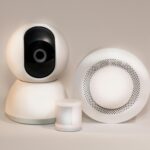

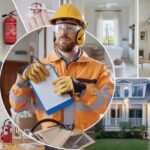

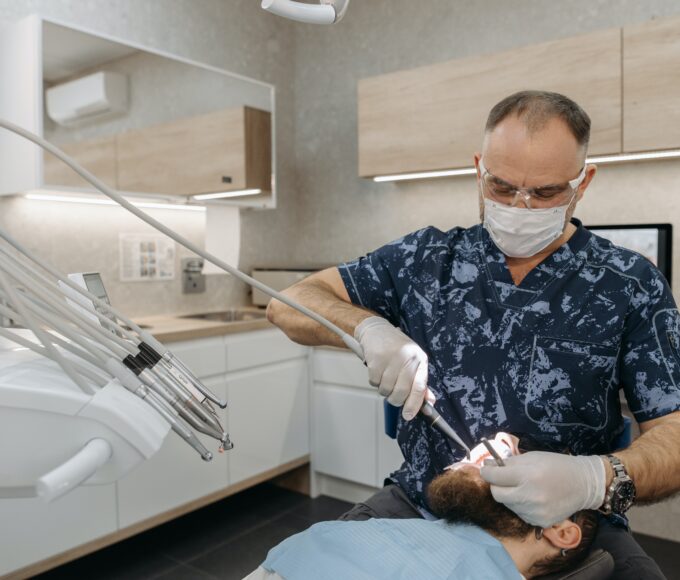


Leave a comment